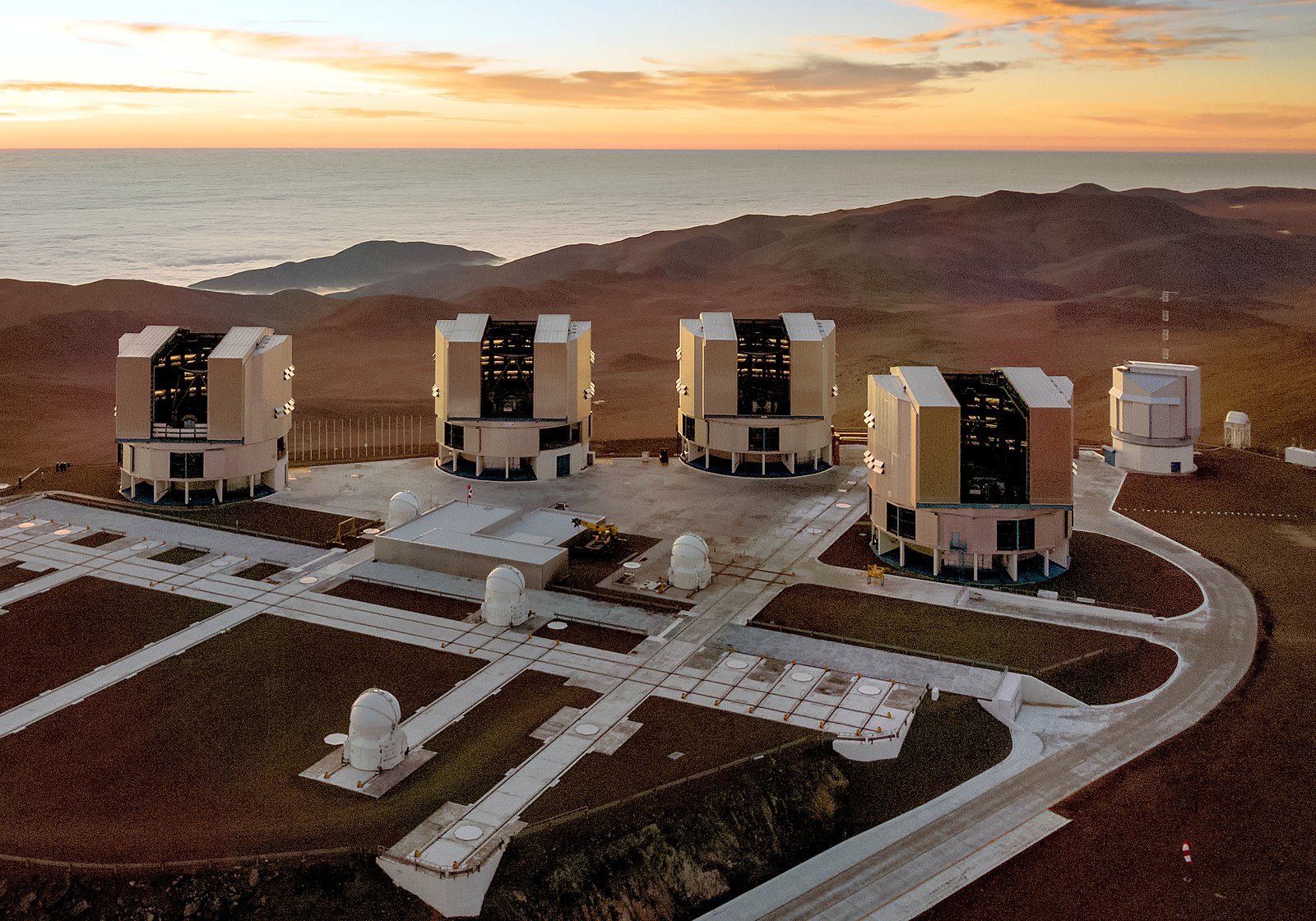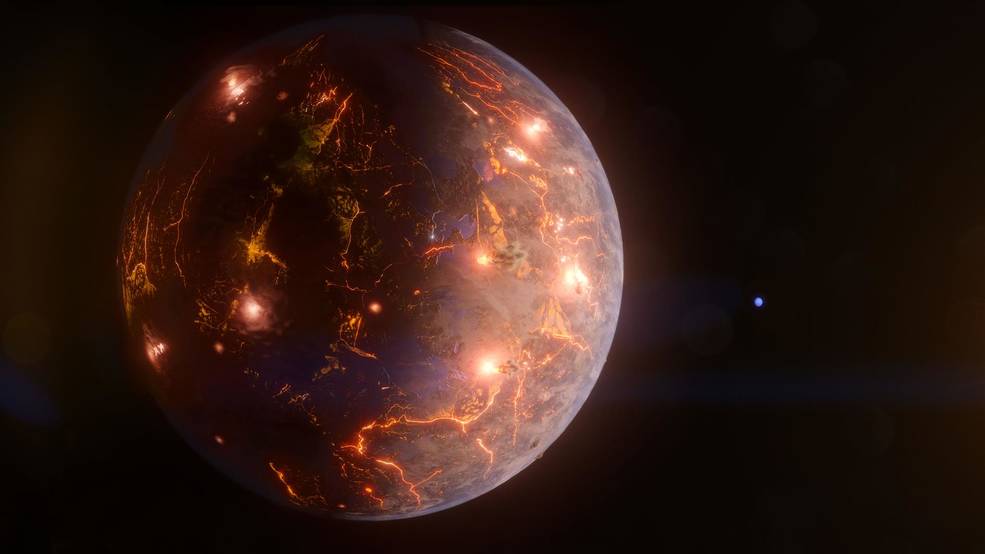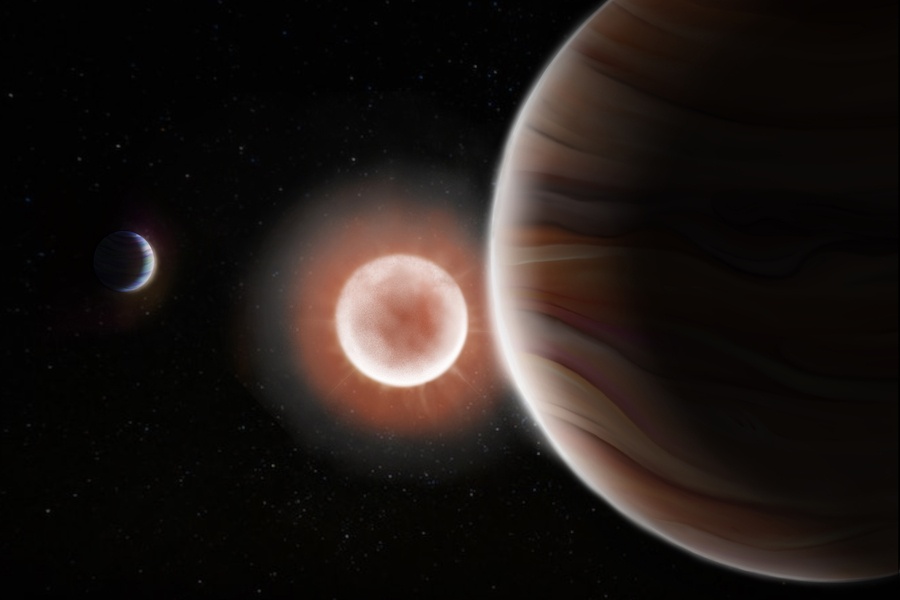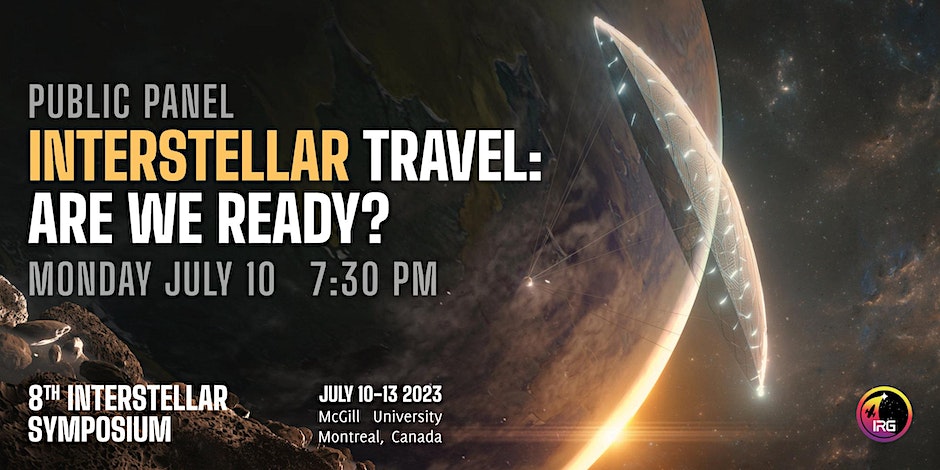As of this month, astronomers have discovered 5,506 exoplanets orbiting other stars. That number is growing daily, and astronomers are hoping, among other things, to find Earth-like worlds. But will we know one when we see it? How might we be able to tell an Earth-like garden from a Venus-like pressure cooker from upwards of 40 light years away? Is JWST up to the challenge?
Continue reading “Can JWST Tell the Difference Between an Exo-Earth and an Exo-Venus?”A New Planet-Hunting Instrument Has Been Installed on the Very Large Telescope

Exoplanet studies have come a long way in a short time! To date, 5,523 exoplanets have been confirmed in 4,117 systems, with another 9,867 candidates awaiting confirmation. With all these planets available for study, exoplanet researchers have been shifting their focus from detection to characterization – i.e., looking for potential signs of life and biological activity (biosignatures). Some major breakthroughs are expected in the coming years, thanks in part to next-generation observatories like NASA’s James Webb and Nancy Grace Roman Space Telescope and the ESA’s PLAnetary Transits and Oscillations of stars (PLATO) mission.
Several ground-based facilities will also be vital to the characterization of exoplanets, like the Extremely Large Telescope (ELT), the Giant Magellan Telescope (GMT), and the Thirty Meter Telescope (TMT). But there are also existing observatories that could be upgraded to perform vital exoplanet research. This idea was explored in a recent paper by an international team of astronomers, who presented the first light results of the High-Resolution Imaging and Spectroscopy of Exoplanets (HiRISE) recently installed on the ESO’s Very Large Telescope (VLT) – not to be confused with the High-Resolution Imaging Science Experiment camera on NASA’s Mars Reconnaissance Orbiter (MRO).
Continue reading “A New Planet-Hunting Instrument Has Been Installed on the Very Large Telescope”Is it Life, or is it Volcanoes?

Astronomers are working hard to understand biosignatures and how they indicate life’s presence on an exoplanet. But each planet we encounter is a unique puzzle. When it comes to planetary atmospheres, carbon is a big piece of the puzzle because it has a powerful effect on climate and biogeochemistry. If scientists can figure out how and where a planet’s carbon comes from and how it behaves in the atmosphere, they’ve made progress in solving the puzzle.
But one of the problems with carbon in exoplanet atmospheres is that it can send mixed signals.
Continue reading “Is it Life, or is it Volcanoes?”If Earth is Average, We Should Find Extraterrestrial Life Within 60 Light-Years

In 1960, while preparing for the first meeting on the Search for Extraterrestrial Intelligence (SETI), legendary astronomer and SETI pioneer Dr. Frank Drake unveiled his probabilistic equation for estimating the number of possible civilizations in our galaxy – aka. The Drake Equation. A key parameter in this equation was ne, the number of planets in our galaxy capable of supporting life – aka. “habitable.” At the time, astronomers were not yet certain other stars had systems of planets. But thanks to missions like Kepler, 5523 exoplanets have been confirmed, and another 9,867 await confirmation!
Based on this data, astronomers have produced various estimates for the number of habitable planets in our galaxy – at least 100 billion, according to one estimate! In a recent study, Professor Piero Madau introduced a mathematical framework for calculating the population of habitable planets within 100 parsecs (326 light-years) of our Sun. Assuming Earth and the Solar System are representative of the norm, Madau calculated that this volume of space could contain as much as 11,000 Earth-sized terrestrial (aka. rocky) exoplanets that orbit within their stars’ habitable zones (HZs).
Continue reading “If Earth is Average, We Should Find Extraterrestrial Life Within 60 Light-Years”How Do Lava Worlds Become Earth-Like, Living Planets?

Earth was once entirely molten. Planetary scientists call this phase in a planet’s evolution a magma ocean, and Earth may have had more than one magma ocean phase. Earth cooled and, over 4.5 billion years, became the vibrant, life-supporting world it is today.
Can the same thing happen to exo-lava worlds? Can studying them shed light on Earth’s transition?
Continue reading “How Do Lava Worlds Become Earth-Like, Living Planets?”Gaia is Now Finding Planets. Could it Find Another Earth?
The ESA launched Gaia in 2013 with one overarching goal: to map more than one billion stars in the Milky Way. Its vast collection of data is frequently used in published research. Gaia is an ambitious mission, though it seldom makes headlines on its own.
But that could change.
Continue reading “Gaia is Now Finding Planets. Could it Find Another Earth?”Why Build Megastructures? Just Move Planets Around to Make Habitable Worlds
In 1960, Freeman Dyson proposed how advanced civilizations could create megastructures that enclosed their star, allowing them to harness all of their star’s energy and multiplying the habitable space they could occupy. In 2015, the astronomical community was intrigued when the star KIC 8462852 (aka. Tabby’s Star) began experiencing unexplained changes in brightness, leading some to speculate that the variations might be due to a megastructure. While the final analysis of the star’s light curve in 2018 revealed that the dimming pattern was more characteristic of dust than a solid structure, Tabby’s Star focused attention on the subject of megastructures and their associated technosignatures.
Dyson’s ideas were proposed at a time when astronomers were unaware of the abundance of exoplanets in our galaxy. The first confirmed exoplanet was not discovered until 1992, and that number has now reached 5,514! With this in mind, a team of researchers from Bangalore, India, recently released a paper that presents an alternative to the whole megastructure concept. For advanced civilizations looking for more room to expand, taking planets within their system – or capturing free-floating planets (FFP) beyond – and transferring them into the star’s circumsolar habitable zone (HZ) is a much simpler and less destructive solution.
Continue reading “Why Build Megastructures? Just Move Planets Around to Make Habitable Worlds”Tiny Swarming Spacecraft Could Establish Communications with Proxima Centauri
Achieving interstellar travel has been the dream of countless generations, but the challenges remain monumental. Aside from the vast distances involved, there are also the prohibitive energy requirements and the sheer cost of assembling spacecraft that could survive the trip. Right now, the best bet for achieving an interstellar mission within a reasonable timeframe (i.e., a single person’s lifetime) is to build gram-scale spacecraft paired with lightsails. Using high-power laser arrays, these spacecraft could be accelerated to a fraction of the speed of light (relativistic speeds) and reach nearby stars in a few decades.
There are a handful of major projects, like Breakthrough Starshot, that hope to leverage this technology to create spacecraft that could reach Alpha Centauri in a few decades (instead of centuries). This technology also presents other opportunities, like facilitating communications across interstellar distances. This is the idea recently by a team of researchers led by the Initiative for Interstellar Studies (i4is). In a recent paper, they recommended that a swarm of gram-scale spacecraft could rely on their launch laser to maintain optical communications with Earth.
Continue reading “Tiny Swarming Spacecraft Could Establish Communications with Proxima Centauri”TESS Finds a Planet That Takes 482 Days to Orbit, the Widest it’s Seen so Far

We’re rapidly learning that our Solar System, so familiar to us all, does not represent normal.
A couple of decades ago, we knew very little about other solar systems. Astronomers had discovered only a handful of exoplanets, especially around pulsars. But that all changed in the last few years.
Continue reading “TESS Finds a Planet That Takes 482 Days to Orbit, the Widest it’s Seen so Far”Is Humanity Ready to Realize the Dream of Interstellar Travel?

For generations, humans have dreamed, speculated, and theorized about the possibility of journeying to distant stars, finding habitable planets around them, and settling down. In time, the children of these bold adventurers would create a new civilization and perhaps even meet the children of Earth. People could eventually journey from one world to another, cultures would mix, and trade and exchanges would become a regular feature. The potential for growth that would come from these exchanges – intellectually, socially, politically, technologically, and economically – would be immeasurable.
Expanding humanity’s reach beyond the Solar System is not just the fevered dream of science fiction writers and futurists. It has also been the subject of very serious scientific research, and interest in the subject is again on the rise. Much like sending crewed missions to Mars, establishing permanent outposts on the Moon, and exploring beyond cislunar space with human astronauts instead of robots – there is a growing sense that interstellar travel could be within reach. But just how ready are we for this bold and adventurous prospect? Whether we are talking about probes vs. crews or technological vs. psychological readiness, is interstellar travel something we are ready to take on?
This was a central question raised at a public outreach event aptly named “Interstellar Travel: Are We Ready?” that took place at the 8th Interstellar Symposium: In Light of Other Suns, held from July 10th to 13th at the University of McGill in Montreal, Quebec. The symposium was hosted by the Interstellar Research Group (IRG), the International Academy of Astronautics (IAA), and Breakthrough Initiatives – in coordination with the University of McGill – and featured guest speakers and luminaries from multiple disciplines – ranging from astronomy and astrophysics to astrobiology, geology, and cosmology.
Continue reading “Is Humanity Ready to Realize the Dream of Interstellar Travel?”



